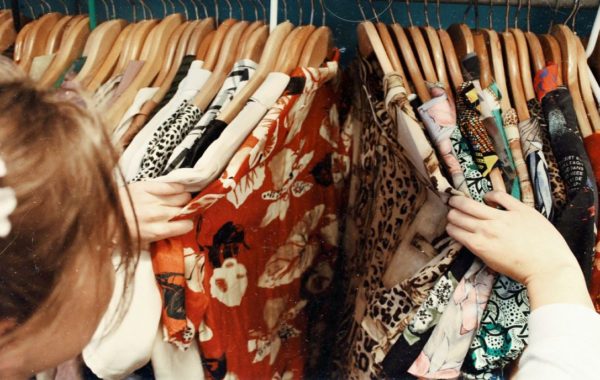Shein has become the top downloaded shopping app in 54 countries/regions on the IOS Play Store in 2021, thanks to the rise of Gen-Z during the pandemic. Today, Shein occupies 30% of the US fast fashion market, and it has become the largest online-only fashion enterprise globally. [1] Shein has disrupted the fast fashion game invented by brands like H&M and Zara by offering rock bottom pricing and real-time shopping. Shein has also outpaced rivals like ASOS and Boohoo.
What are the secrets behind Shein’s business model? Let’s take a closer look.
B2C: Cutting Out the Middlemen
Little do we know about Shein’s background. As a Chinese-based company, Shein focuses primarily on the West, with a small fraction of people in China having heard of the brand. The seven-year-old fashion brand was founded in 2008 by entrepreneur Chris Xu, who started by selling wedding dresses online. [2] With his insights into the supply chain, Xu identified a bottleneck preventing his business from becoming faster and cheaper: the retailers. He decided to build up his supply chain to bypass middlemen and create a solid B2C foundation for the future. The result is an accessory under $1, a top under $5, and a dress under $7.
Shein now collaborates with 6,000 third-party factories and roughly 200 contract manufacturers to refresh its closet daily. [3] To ensure smooth manufacturing processes, Shein demands that factories use its internal supply-chain management software, which collects real-time customer data and provides guidance to manufacturers on designs and production. [4] Located in Guangzhou, Shein owns a 16-million-square-foot warehouse in the rural part of the city, and most orders are shipped directly from there. [5] This diverse and well-structured supply chain reinforces its direct-to-consumer approach and positioning in the global competitive fashion landscape.
Extremely Fast Turnover Rate and Turnaround Time
Shein combines B2C business with algorithms and data science to analyze user preferences and identify new fashion trends. According to SimilarWeb data, the Shein app has the highest traffic in the fashion category, with approximately 140 million visits in November 2021. Its performance is better than classic clothing brands such as Nike, Zara, and Adidas. On average, visitors spend 9.24 minutes and visit at least 10 pages each time. [6] The big data provides insights for Shein to constantly change its catalog and cater to young shoppers’ fashion tastes.
With a total of 600,000 products on its site, Shein uploads approximately 3,000 new styles per week, compared to Boohoo, which adds only 500 designs each week. [7] For any design, Shein will only start with an order of 50-100 items to test the waters. If it does well, orders from Shein will keep coming. This explains why only 6% of the products can stay on the shelf for more than 90 days. [8] The rapid turnaround time is also a key success factor in winning over millennials’ hearts. It takes Shein about 25 days from design to production to launch a new product, while Zara takes 5 weeks to finish a style. [9]
In this fast-changing world, with celebrities posting their latest collections all the time, young customers flock to Shein to search for similar styles at an affordable price point. Shein is where hidden treasures are found.
Comments are closed.
 English
English 日本語
日本語 Español
Español





